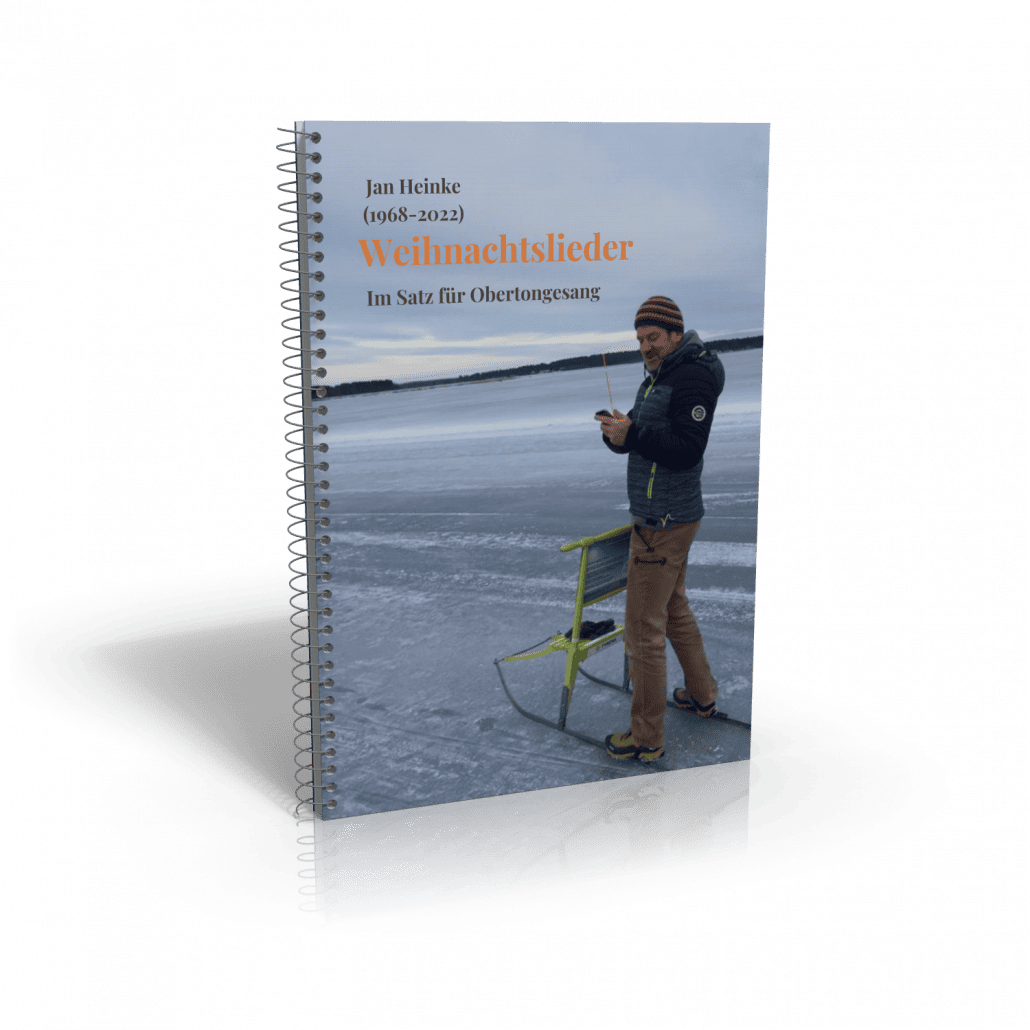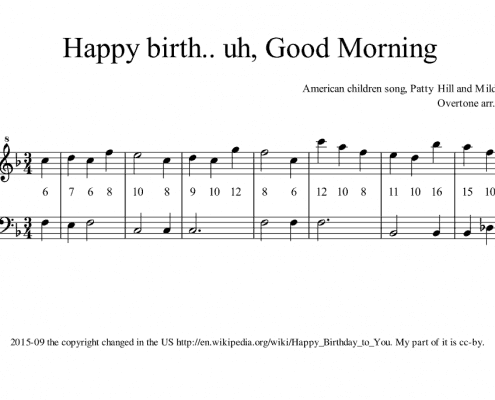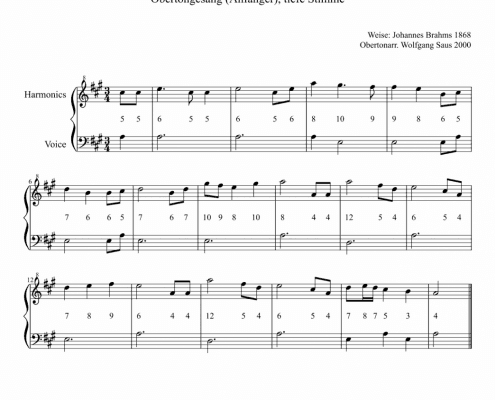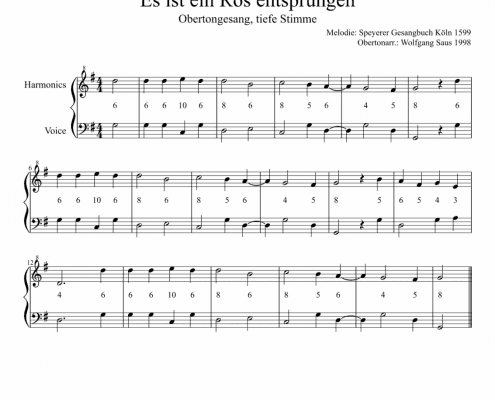In memoriam Jan Heinke 2 – Christmas Song Collection
Dear fellow aficionados of Jan Heinke’s overtone music,
I would like to tell you again today about this moving story that touched me deeply. In April 2022, my friend and musician Jan Heinke passed away. But just a few hours before his death, he wrote me an email with a special attachment.
In this email, Jan told me that he felt he would no longer be able to complete his work and asked me to take care of it. I knew what to do. Attached was a huge collection of folk songs from all over the world that Jan had set for overtone singing – several hundred songs! Jan had already started working on this in 2013 and had received a work grant from the Kulturstiftung Sachsen.
Together with Jan’s partner Claudia, we have now completed the second volume of the series with 35 Christmas carol movements for polyphonic overtone singing. On the occasion of the 3rd Advent 2023, this volume will be published here and on Jan’s website as a free e-book with a free Creative Commons license.
Jan’s nine years of dedicated work on these arrangements will now be posthumously shared with the public, fulfilling his cherished desire. According to a report on the project, the initial objective was to explore the potential of overtone singing as a vocal technique for both performers and composers in Western culture, an area that had not yet been extensively investigated. These song arrangements were intended to encourage the practical application of overtone singing in music.
I am both grateful and honored to continue Jan’s legacy and share his remarkable work with the world. His music will live on and inspire others – exactly as he wished.
Warm regards, Wolfgang
Download: Christmas Songs set for Overtone Singing by Jan Heinke – ebook










Recent Comment